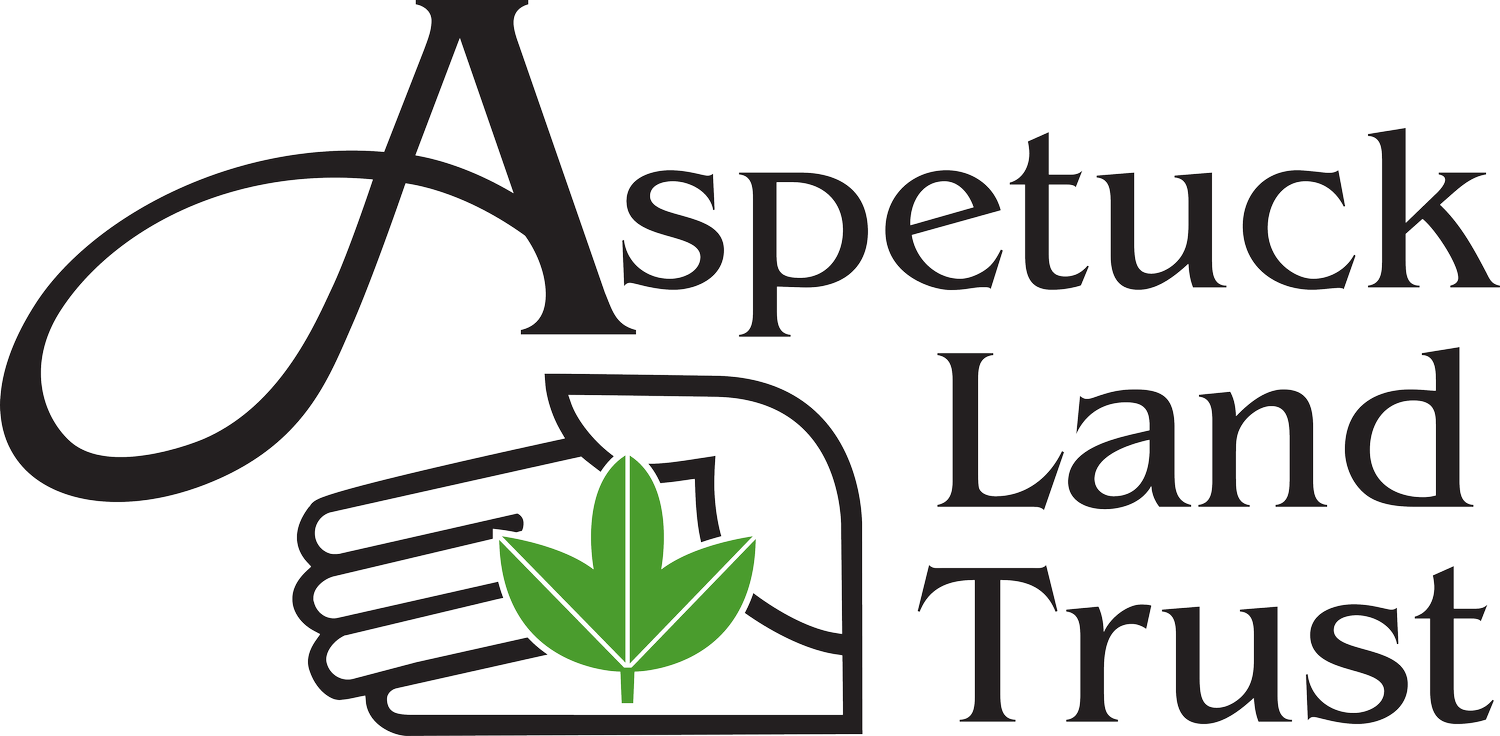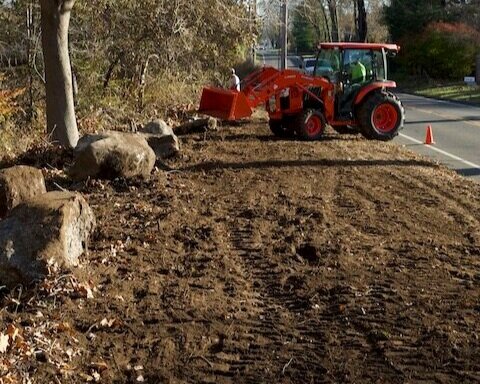By Lou Bacchiocchi, Land Stewardship Director
Native plants are getting a lot of attention these days. The local food web is dependent upon them. If we are to maintain healthy and diverse flora and fauna on our preserves (and in our yards, but that is fodder for another discussion), it is imperative that we deal with the increasing number of invasive species and reestablish healthy populations of native plants.
Lou Bacchiocchi flame weeding at Newman Poses Preserve.
To this end, your Land Trust has undertaken a program of invasive species identification and eradication, the establishment of pollinator meadows and the planting of native trees, shrubs and wildflowers.
Board Member Tom Johnson at Newman Poses Preserve, Westport, CT
Photo Credit: Lou Bacchiocchi
A couple of the most recent examples of this can be found at the Newman Poses Preserve in Westport where we mowed and flame weeded the open area adjacent to the entrance and did a dormant seeding with a mix of native wildflowers and grasses.
Stop by there this spring and summer to see how it takes shape.
Peter’s Gate Preserve roadside restoration located at Bulkley Ave N. and North Sasco Common in Westport.
Photo Credit: Lou Bacchiocchi
With funds provided by the land donor, we also recently established a native shrub planting at the Peter’s Gate Preserve and the roadside there will also sport a new wildflower area.
Trimming dead Ash trees at the Wells Hill parking area at the Trout Brook Valley Preserve in Easton. Photo Credit: Lou Bacchiocchi
Observant visitors to our wooded preserves will most likely notice the plethora of dead and dying ash trees resulting from the devastating attack by the Emerald Ash Borer. This introduced pest will likely result in near 100% mortality of the ash in our region. Not only will we miss them in our forests, but their demise is creating some safety hazards along our miles of trails and borders with neighbors. We have undertaken a major effort to identify and remove those that threaten the safety of our visitors. This is time consuming, costly and utilizes the skills of staff, volunteers and hired professionals. This effort will be ongoing for some time.
Please be mindful when hiking, particularly on windy days, that dead limbs and whole trees can fall without warning. If you are out walking and do see a hazardous tree, please take a picture, note the nearest trail marker for location, and drop me an email at loubacj@gmail.com. Sometimes you really are the first one to notice.
Most importantly, get out and enjoy our preserves.




